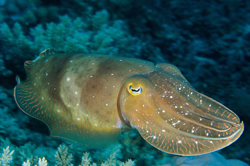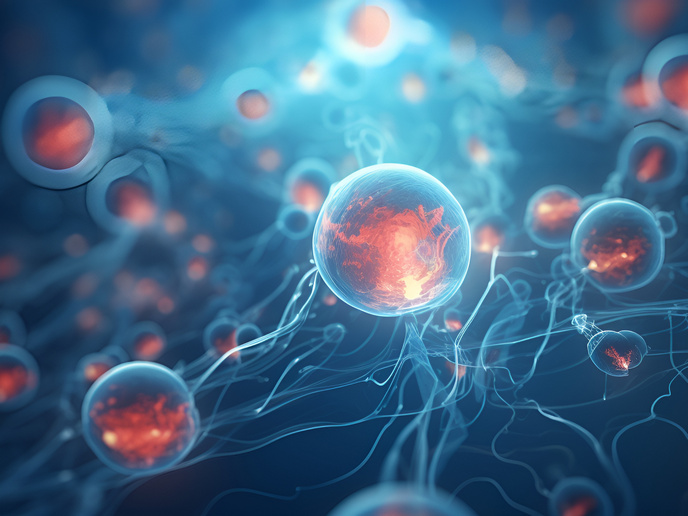Molecular characterisation of molluscs
Cephalopod molluscs, such as octopus, squids, and cuttlefish, possess intriguingly similar cartilage tissues with vertebrates. These cartilage-like tissues are located outside of the chordate lineage, indicating a potential common origin of chondrocyte development during metazoan evolution. If this is the case, then all cartilage lineages should share some molecular fingerprint irrespective of evolutionary history. Alternatively, cartilage groups within invertebrates could be unrelated. The key objective of the EU-funded 'Molecular characterization of cartilage development in the cephalopod mollusk Sepia officinalis' (SEPIACARTILAGE) study was to distinguish between these two scenarios. To this end, researchers performed molecular characterisation of the regulation and specification of chondrocytes in the European cuttlefish, Sepia officinalis. In particular, their work was focused on the Sox, Ant and Prd families of homeodomain proteins. Due to the lack of genomic resources on cephalopods and in order to obtain the full transcript sequences of paralogous cuttlefish genes, scientists had to base their work on the presence of highly conserved protein motifs in the genes of interest. Then, by performing bioinformatics and phylogenetic analysis, they were able to validate gene identity of cloned cuttlefish genes. Using this strategy, three of the Sox-family of transcription factors were identified. This group of DNA-binding proteins is known to be involved in many aspects of differentiation, including vertebrate chondrogenesis. Gene expression analysis revealed that these proteins are important from the onset of organogenesis in separate domains, but not in regions of cartilage formation. Additionally, the conserved homeobox domains of seven Ant- and four Prd-class homeodomain transcription factors were isolated. All of the genes showed elevated expression during organ formation. Taken together, molecular work on the Sepia officinalis provided important knowledge on cephalopod biology and specific gene families. At the same time, it offered technical advancements for studying the genetics of embryonic patterning in these highly sophisticated animals.







